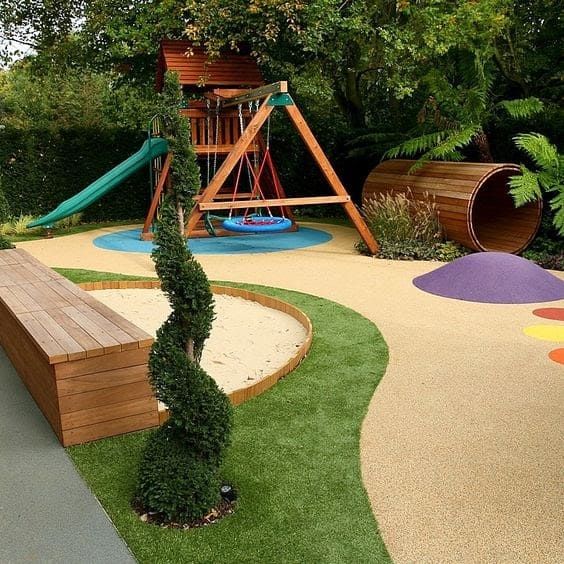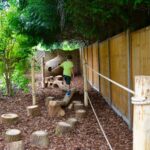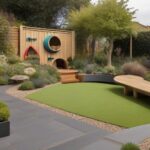Gardens are a wonderful place for children to explore, learn, and have fun. When designing a garden for kids, there are several important factors to consider to make sure it is both safe and enjoyable for them. One key aspect is incorporating elements that are colorful and stimulating to engage their senses and encourage curiosity.
It’s important to create different areas in the garden that cater to various activities and interests. For example, a vegetable patch can teach children about growing their own food, while a play area with swings, slides, and a sandpit can provide hours of entertainment. Including a sensory garden with plants that have interesting textures, scents, and tastes can also be a great addition.
Another essential consideration is ensuring that the garden is safe for children to play in. This means removing any toxic plants or materials, covering ponds or water features, and installing secure fencing to prevent access to potentially dangerous areas. It’s also a good idea to choose plants that are non-toxic and safe for kids to touch or even taste.
Incorporating wildlife-friendly features can further enhance the garden’s appeal to children. Bird feeders, bug hotels, and butterfly houses not only attract interesting creatures but also provide opportunities for children to learn about and interact with nature. Encouraging birds and insects into the garden can create a magical and educational experience for kids.
To make gardening more engaging for children, consider incorporating interactive elements such as a mini greenhouse, worm farm, or fairy garden. These hands-on activities can help children develop a love for nature and a sense of responsibility for caring for the environment. Gardening tools and equipment scaled down to child-size can also make gardening tasks more manageable and enjoyable for little ones.
Finally, involving children in the garden design process can make it more meaningful and personal for them. Letting kids choose plants, colors, and features that they enjoy can foster a sense of ownership and pride in the garden. By creating a space that is not only safe and stimulating but also reflective of their interests and preferences, children are more likely to take an active role in caring for and enjoying their garden.













